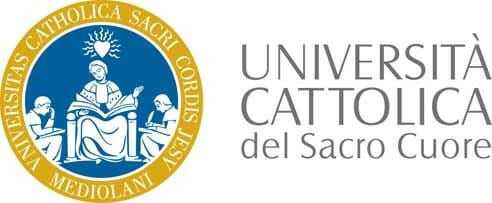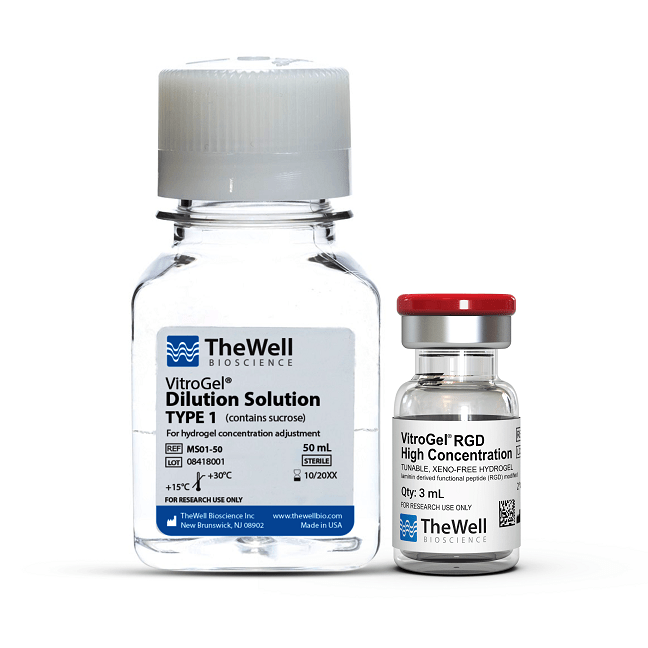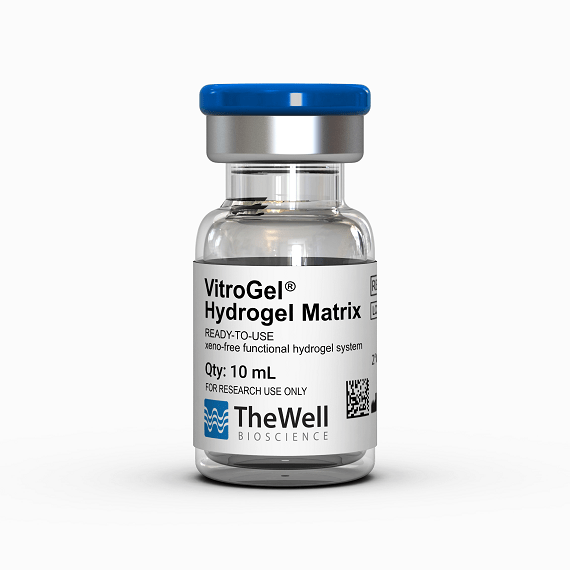Research Highlights
KLF7: Discovery of a Novel Therapeutic Target and Biomarker for High-Grade Serous Ovarian Cancer

Institution:
Department of Life Sciences and Public Health, Catholic University of the Sacred Heart, Milan, Italy
Team:
De Donato M., Babini G., Mozzetti S., Buttarelli M., Ciucci A., Arduini G., De Rosa M. C., Scambia G., Gallo D.
Application:
Discovery of KLF7, a novel biomarker and therapeutic target for high-grade serous ovarian cancer
Disease Model:
Ovarian Cancer
Hydrogel:
VitroGel® RGD
Despite the recent surgical progress and clinical management for the treatment of High-Grade Serous Ovarian Cancer (HGSOC), many aspects are unsolved, including pathogenesis and relapse resistance following chemotherapy. Thus, novel insight concerning the molecular mechanisms behind HGSOC progression is necessary to better manage the disease and characterize its onset and progression. Krüppel-like factors (KLFs) are a family of transcriptional regulators which oversee a variety of cellular processes, such as proliferation, differentiation, and migration. In this paper, the team from the Catholic University of the Sacred Heart show, based on bioinformatics analysis, that among the KLF family, KLF7 is the most significant prognostic gene. Likewise, univariate and multivariate analyses found KLF7 is an adverse prognostic marker for survival in late-stage ovarian cancer patients. In vitro investigations illustrated KLF7 has an oncogenic role in driving tumor growth and mechanistically targets genes involved in maintaining the pluripotency and self-renewal of cancer stem cells.
To identify the possible roles of various KLF family members as prognostic biomarkers for HGSOC, a meta-analysis was carried out using ovarian transcriptomic datasets from different cohorts of late-stage HGSOC patients. Results of this analysis showed KLF7 as the most significant prognostic gene. In vitro experiments using cellular models for HGSOC demonstrated that KLF7 increased as cancer progression/stage progressed. Knockdown of the KLF7 gene and protein inhibited HGSOC proliferation, migration, and invasion, suggesting it plays a significant role in cancer cell survival. To observe spheroid formation (as an indication for tumor growth/suppression) in response to KLF7 silencing in vitro, HGSOC cells were cultured and maintained in the VitroGel RGD matrix for 10 days. Spheroids were removed from the hydrogel by the VitroGel Cell Recovery Solution and then mounted on slides that were observed via fluorescence microscopy. Using this 3D system, De Donato et al., showed a reduction in spheroid formation following KLF7 suppression. Altogether, these data provide a novel biomarker for the prognosis of HGSOC, and mechanistically show that KLF7 is involved in HGSOC proliferation. The results highlight a promising new target for the diagnosis and potentially even treatment of Ovarian Cancer.
Read the publication:
Related Products:



